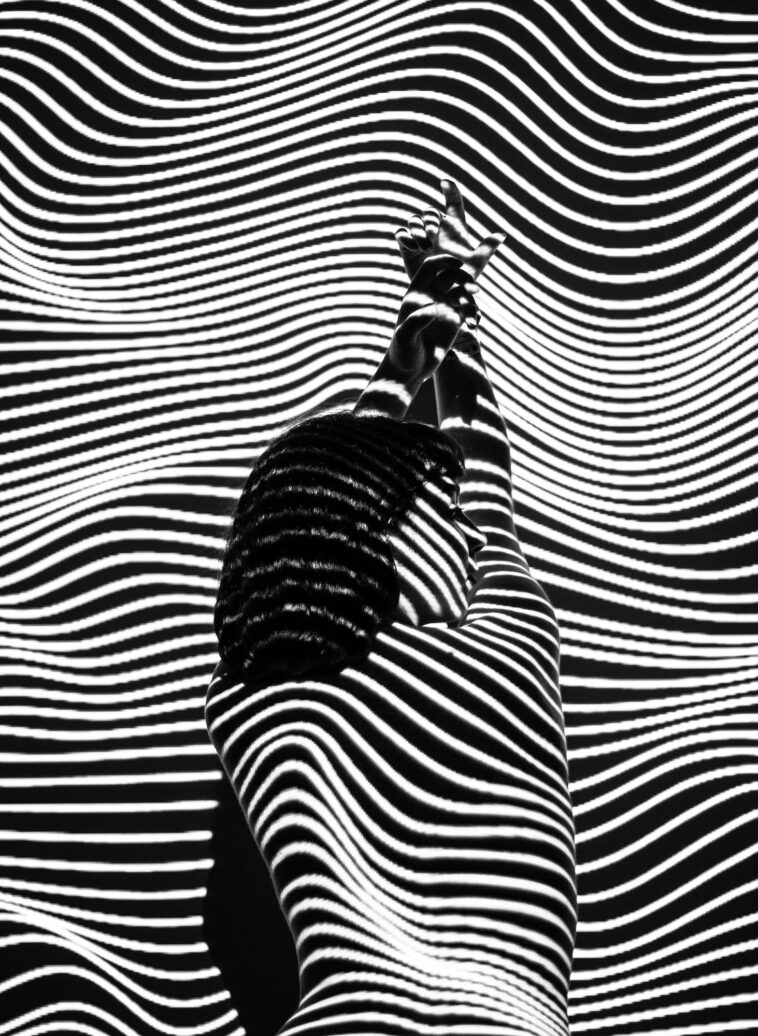Contemporary art, a term that resonates with the vibrancy and dynamism of the present, encapsulates the artistic creations of our time. It’s an ever-evolving tapestry that captures the spirit and complexities of the modern world, offering a unique window into the cultural, social, and political landscapes that shape our daily lives.
The Timeline of Contemporary Art
The Post-World War II Era
Contemporary art is generally recognized as having originated in the aftermath of World War II, around 1945. This period was a turning point in global history, marked by significant changes in societal structures, technological advancements, and cultural shifts, all of which profoundly influenced the art world.
The Interplay with Modern and Postmodern Art
Differentiating from Modern Art
Contemporary art is often interwoven with, yet distinct from, modern art. While modern art primarily refers to the artistic movements between the late 19th century and the mid-20th century, contemporary art succeeds it and extends to the current day.
Inclusion of Postmodern Art
A vital component of contemporary art is postmodern art, which emerged as a reaction against the established norms of modern art. It is characterized by its eclectic style and often ironic or critical stance towards traditional artistic conventions.
Diverse Facets of Contemporary Art
Styles and Mediums
Contemporary art is marked by a remarkable diversity in styles, mediums, and techniques. Artists today have at their disposal an unprecedented array of materials and technologies, leading to groundbreaking and often avant-garde creations.
Exploring Universal Themes
One of the most striking aspects of contemporary art is its engagement with wide-ranging themes. From globalization and environmental issues to identity politics and the impact of digital technology, contemporary art serves as a reflective surface for the pressing issues of our times.
The Crucial Role of Art Institutions
Museums and Galleries as Cultural Hubs
Art museums and galleries are pivotal in shaping the landscape of contemporary art. They not only provide a platform for artists to showcase their work but also play a significant role in defining and contextualizing what contemporary art is and can be.
The Global Dimension of Contemporary Art
Transcending Borders
Contemporary art transcends national and cultural boundaries. It is a global phenomenon, enriched by the diverse perspectives and cultural narratives of artists from around the world, making the contemporary art scene a melting pot of global influences.
Conclusion and Key Insights
Contemporary art, in its essence, is a reflection of our current era, imbued with the complexities, challenges, and beauties of the contemporary world. Its diverse range of expressions and themes makes it not just an art form but a dialogue with the times we live in.
Summary of Key Points
- Origin in Post-World War II: Contemporary art marks its beginning around 1945, encapsulating the post-war era’s changes.
- Distinct from Modern Art: It is a separate entity from modern art, encompassing a broader range of styles and themes.
- Inclusive of Postmodern Art: Contemporary art includes the eclectic and often critical aspects of postmodern art.
- Diversity in Expression: It is characterized by a wide array of styles, mediums, and themes, reflecting current societal issues.
- Role of Art Institutions: Museums and galleries play a crucial role in showcasing and defining contemporary art.
- Global Influence: Contemporary art is a global phenomenon, enriched by diverse cultural influences and perspectives.
Through this exploration, we gain a deeper understanding and appreciation of contemporary art, not only as a form of artistic expression but as a vital part of our cultural and societal narrative.





